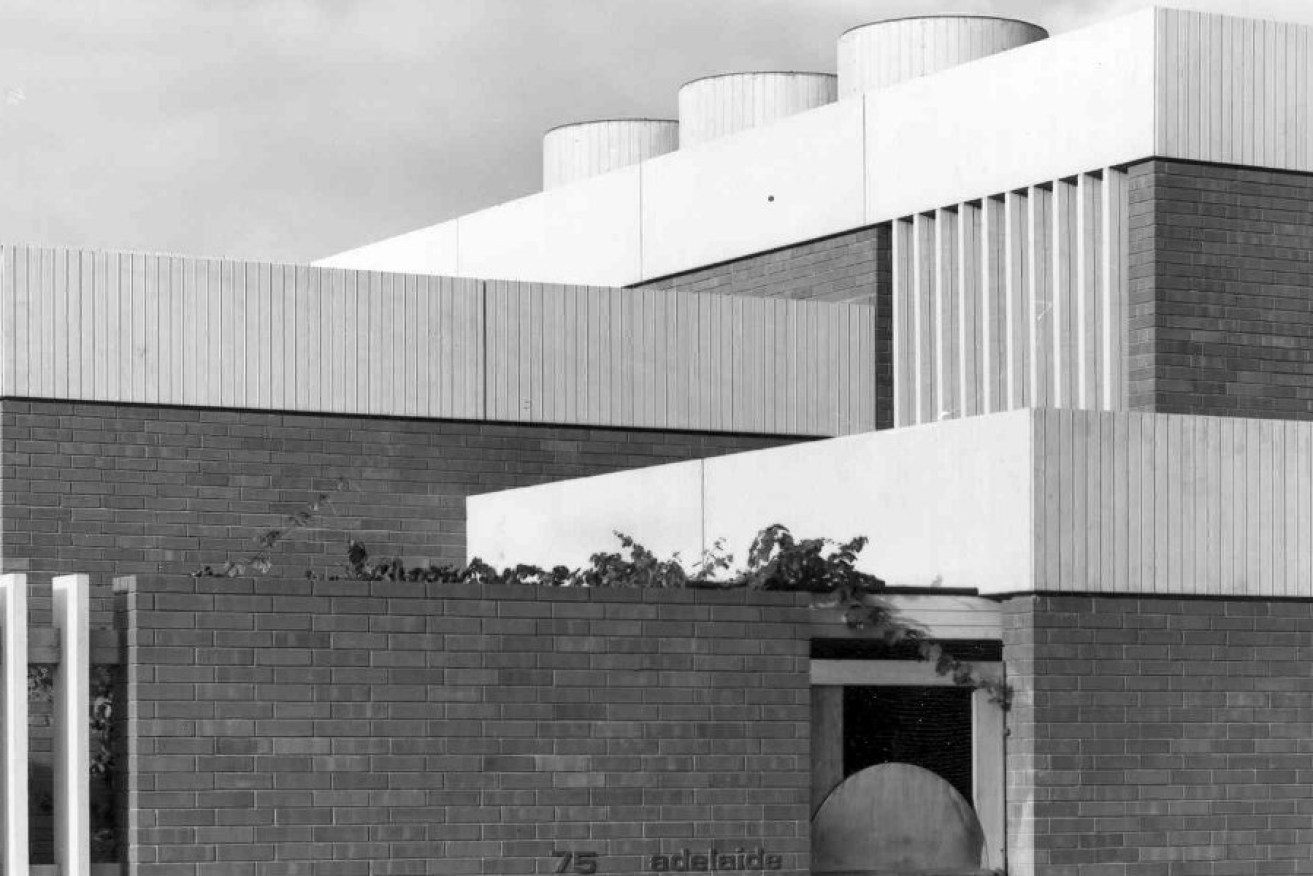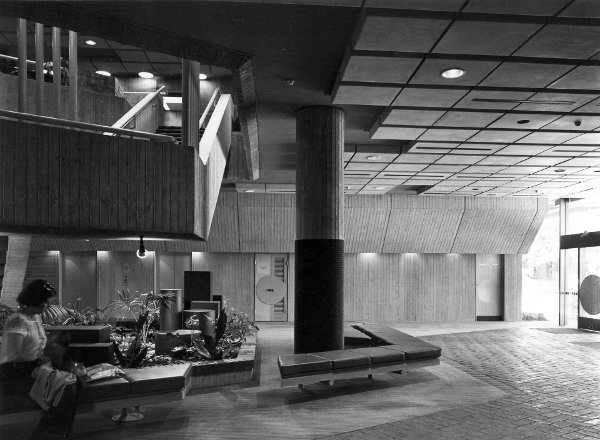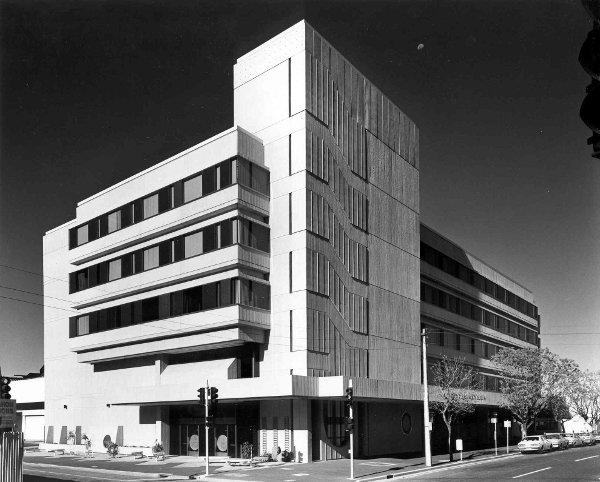Some cities have defining architectures. New York has its brownstone terraces, entangled in grime and history. Dubai has its glittering pinnacles, manifestations of excess and ambition.
So does Adelaide have its own architectural style?
If it does, Adrian Evans will know it. Adelaide-born Evans is one of the city’s leading architects and was recognised earlier this year with the Sir James Irwin President’s Medal, the highest individual honour the state’s architecture institute can impose.
Now director of local architecture firm JPE, he will attend his graduating class’s 50-year anniversary celebrations next year.
He’s responsible for much of Adelaide’s existing fabric, both old and new. He started practice as a public servant, where he was responsible for the design of the Youth Court in Wright Street and the (currently-for-sale) police complex in Wakefield Street.
Since then he’s spent time in Canberra, and carved out a big career at HASSELL.
But for a man who has contributed to so much of Adelaide’s shape, Evans sees the town as marked most by limitations.
“Adelaide’s a pretty tough town [in which] to make change,” he says when asked how his practice has changed the city.
“It’s a fairly mean town; it always has been. Mean in a money sense.”
Adelaide’s architects, Evans says, have rarely had access to top-quality, no-expense-spared materials and finishes. So they’ve had to make do – leaving some buildings poor imitations of their eastern-seaboard contemporaries.
“It’s always a reflection, when you consider our history and, say, Melbourne or Sydney, where there’s always been that bit more money.
“So their style of architecture has been the same – various periods, the Victorian and Edwardian, different styles have come and gone.
“[But] they’ve always just been that little bit tighter and meaner in Adelaide. We’ve never been able to afford that really good stone.
“So what you see in Melbourne might be polished granite, or other marbles or stone. In King William Street, you get something similar, but it’s usually done with render and sandstone or bluestone. I think that continues to this day.
“We are a struggling state. It’s quite a struggle to achieve that higher standard.”
That said, Evans thinks there is plenty of good architecture in Adelaide, but much of it is hidden, and what is unhidden is often unappreciated.
“There are some amazing buildings in the city and in the state. We’re slowly coming to appreciate even some of the art deco buildings, before they’re all lost, some of the contemporary more modernist architecture of the ’30s, ’40s, ’50s, last century, when there was some really great achievements.”
Evans says good buildings – he nominates the Opera House as an example – have a timeless quality, and will remain beautiful into the future.
How successful have we been at that?
“Not that successful. I suppose the Botanic Gardens Conservatory is a lovely piece of work [he also mentions some of the red-brick university buildings along Frome Road].
“And there are others; they’re like little jewels hidden around.
“But if you look at the CBD, you don’t really look at that and say, ‘Well, there’s beautiful masterpieces’.”
Evans has a suggestion for what Adelaide’s style could be.
“Our sunlight is quite unique, different to anywhere else in the world,” he says.
“The shadows and the colour of light are so strong here. It’s stronger, it’s clearer, I think. A bit like parts of Africa, where you can really let the shadowing and the shade be part of the architecture.
“I’ve always tried to do that and see it as a response to our climate and our conditions, seeking a South Australian style – or not a style, but a response to our condition.
“The same with materials; the use of terracotta and clay. Some of the things that are of South Australia.”







